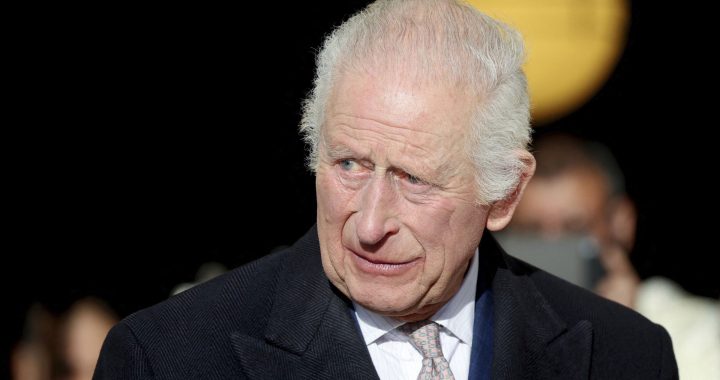
A report from Statistics Canada shows that there’s a disparity in the way homicide cases involving Indigenous women and girls are handled in the Canadian legal system.
Data between 2009 and 2021 indicated that first-degree murder charges, the most serious type of homicide charge, were half as common (27 per cent) when the victim was an Indigenous woman compared to non-Indigenous victims (55 per cent).
Instead, second degree murder and manslaughter charges were more frequently applied in cases involving Indigenous women and girls.
Kyla Lee, a Métis defense lawyer in Vancouver said that when it comes to the discrepancy in sentencing for people accused of killing Indigenous women.
“I think there is still a lot of unconscious bias in policing, investigations and then charging decisions and those subconscious biases inform people’s perception of the value of another individual,” said Lee.
Lee said you can see this not only in homicides but across the legal system.
“If you are Indigenous or the victim of your crime is Indigenous you are more likely to get a better plea offer and a lighter sentence because of this unconscious bias,” she said.
A distrust in the police from Indigenous people may also contribute to issues with police investigations.
“There’s also by-products of colonialism both in that there’s a lot more distrust in Indigenous communities towards police and the perception that the police aren’t going to help them,” said Lee.
The neglect in building capacity in Indigenous communities also means that there aren’t as many resources put towards crime prevention.
Naomi Sayers, a First Nations lawyer currently based in Toronto said that underfunding in Indigenous communities contributes to the high death rate of Indigenous women and also affects the resources provided to investigate their deaths.
“You have a lack of funding communities, like around safe housing and basic needs… but also a lack of funding for Indigenous police,” said Sayers.
“With James Smith Cree Nation we saw the lack of funding for Indigenous policing.”
James Smith Cree Nation was the site of a mass casualty event where 11 people were killed and 17 injured when 32-year-old Myles Sanderson went on a violent rampage. Following this event, the nation announced they were moving towards self-policing as the nation’s leadership felt that a lack of police onsite contributed to the causalities.
From 2009 to 2021 the study identified 490 women and girls who were victims of homicide. The homicide rate is 4.27 per 100,000 Indigenous women and girls. That average is six times higher than their non-Indigenous counterparts.
Critical perspective on the data
Another one of the report’s findings indicate that most Indigenous women and girls are killed by someone that they knew (81 per cent), including an intimate partner (35 per cent), acquaintance (24 per cent), or family member (22 per cent).
In response Pamela Palmater a Mi’kmaq professor and lawyer as well as a member of the Eel River Bar First Nations in northern New Brunswick said that these categories were broad and the way police gather information about who is Indigenous may not be reliable.
Palmater pointed out that the study categorized homicides according to the relationship between the victim and the accused into the four categories, but some of the definitions did not indicate a close relationship.
“A post man could be an acquaintance do you know what I mean? Or someone who lives on your street…an acquaintance can be very far removed it is second only in distance to a complete stranger,” said Palmater
Cleared deaths are not solved deaths
Palmater noted that 87 per cent of homicides of Indigenous women were “cleared” by the police.
“This means an accused person was identified not that charges were laid, cases went to court or convictions were secured,” said Palmater.
“The public’s idea of a cleared case is not at all what the police definition is. So people should just understand it could be cleared as far as the police are concerned but that doesn’t mean it is solved.”










